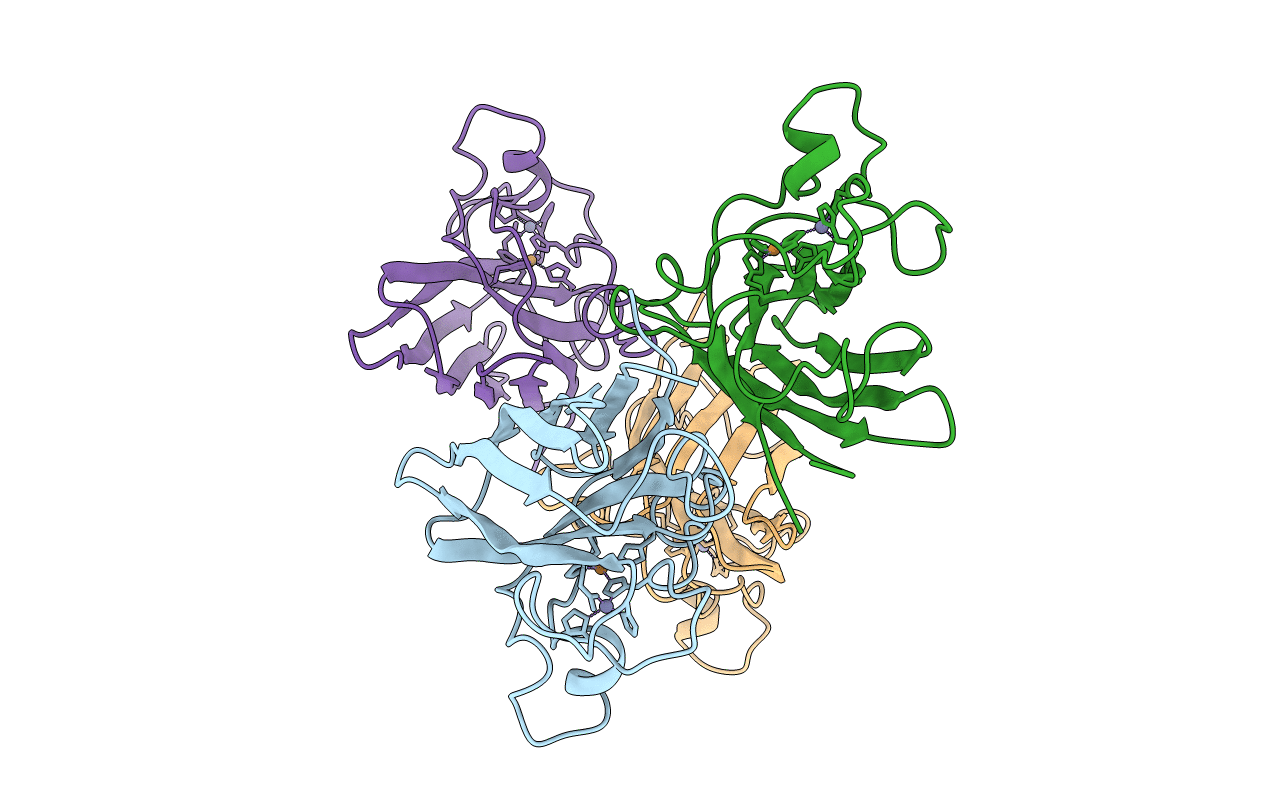
Deposition Date
1990-06-26
Release Date
1993-04-15
Last Version Date
2024-10-23
Entry Detail
PDB ID:
3SOD
Keywords:
Title:
CHANGES IN CRYSTALLOGRAPHIC STRUCTURE AND THERMOSTABILITY OF A CU,ZN SUPEROXIDE DISMUTASE MUTANT RESULTING FROM THE REMOVAL OF BURIED CYSTEINE
Biological Source:
Source Organism:
Bos taurus (Taxon ID: 9913)
Method Details:


